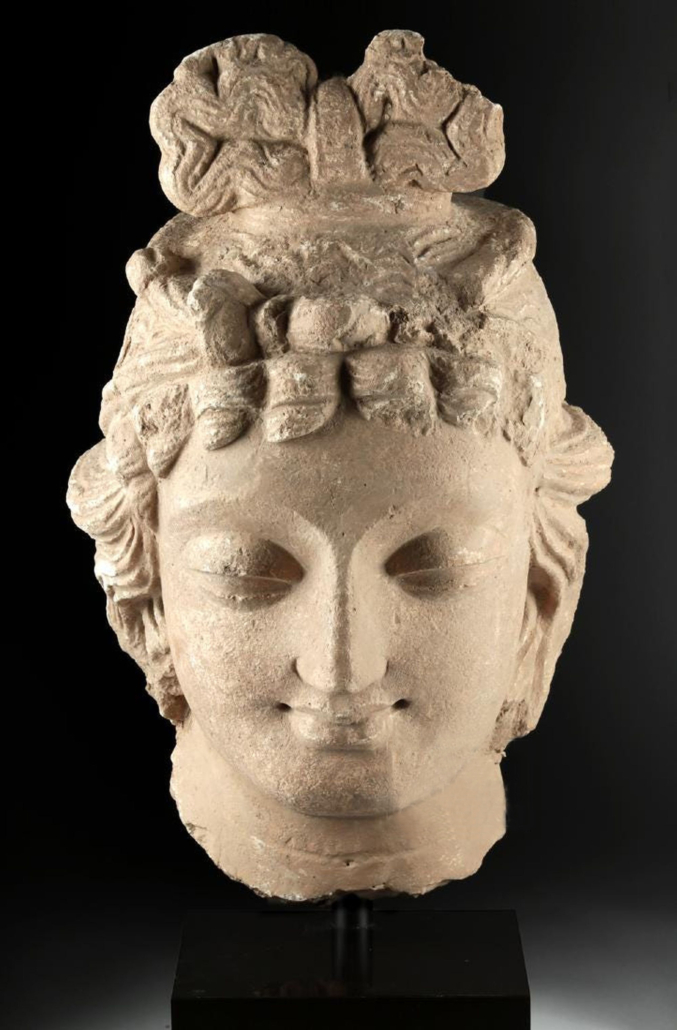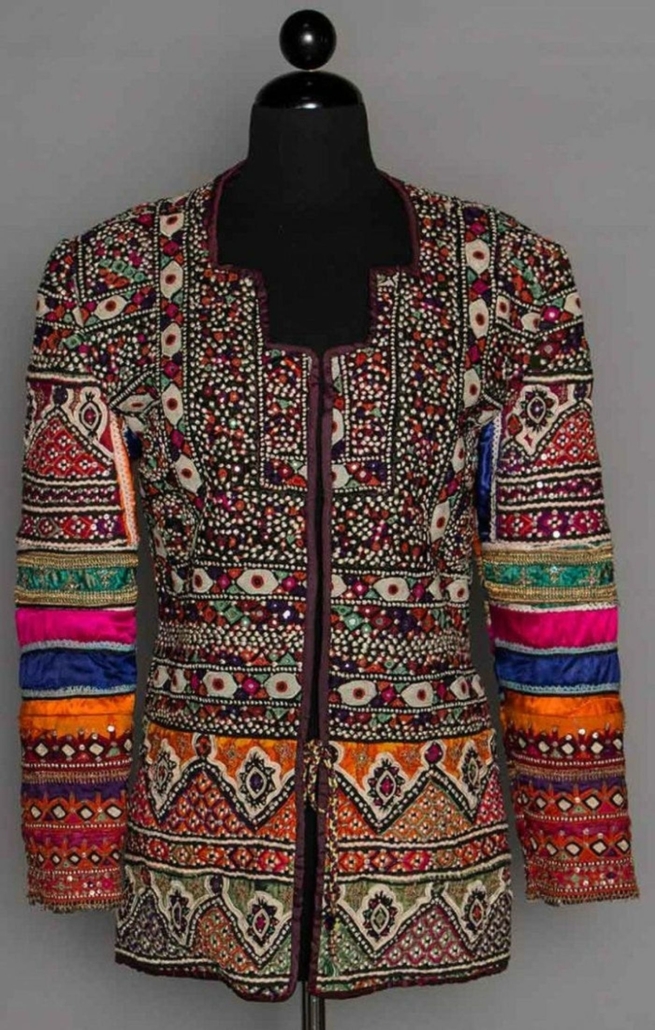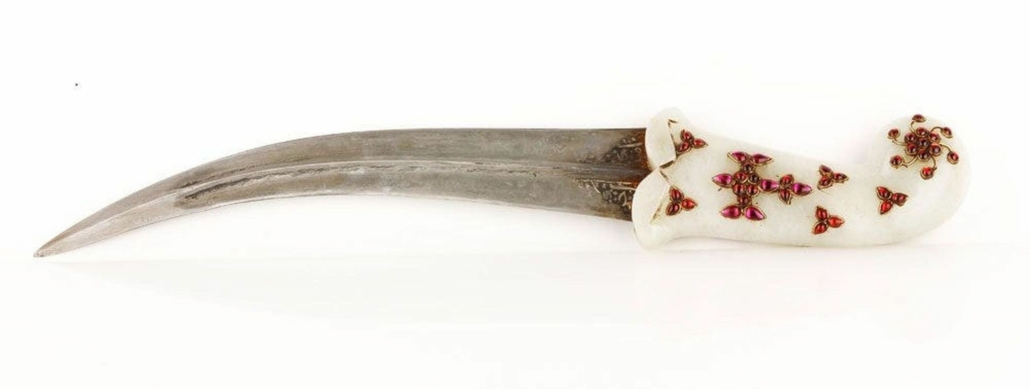
NEW YORK – Afghanistan, which is regarded as the heart of Central Asia, can rightfully lay claim to a rich and important art history dating back thousands of years. In addition to brass mirrors and bronze rings and seals, Bronze Age archeological sites in Afghanistan have yielded scores of decorative ceramic vessels and sculpted clay figurines. In addition, 2,000-year-old burial mounds found within the country have yielded a trove of more than 20,000 pieces of exquisite gold jewelry: the fabled Bactrian Hoard.
After the arrival of Alexander the Great in 330 BC, Middle Eastern and Indo-Greek artistic styles dominated the region. The Silk Road, a network of trading routes, emerged and linked the communities and cultures of Iran, India, China, the Mediterranean, and Europe. Afghanistan, a literal crossroads of the Silk Road, played host to a vibrant exchange of diverse artistic techniques, styles, and religious traditions that helped shape and define its culture.

As Buddhism spread during the 1st century, Gandharan art, which reflected classic Greek and Buddhist elements, flourished. Initially, carved schist panels depicting Buddhas, attendants, acrobats, and animals adorned local monasteries, temples, and palaces. Centuries later, religious institutions showcased monumental devotional statues of Buddhas and Bodhisattvas – beings who delayed reaching nirvana for the benefit of others. Though most featured realistic stucco representations of heads, hands, and feet, torsos were sometimes worked in more durable clay. But not all. Afghanistan’s unique 6th-century Bamiyan Buddhas, the largest in the world (which were destroyed by the Taliban in 2001), were carved entirely within sandstone cliffs.

After the 7th-century Arab-Islamic conquest, Afghan artists ceased depicting stucco and stone humanoid forms. Instead, they shifted to creating decorative ceramic vessels and tilework featuring characteristic blue or green filigree, calligraphy, central medallions, stylized arabesques and geometric motifs. Afghans also produced decorative metalwork such as vanity items, cookware, and tableware. Their trays, for example, often featured flowery Arabic inscriptions or depictions of animals amid tiny vegetal or roundel motifs.

Afghan jewelry differed from region to region and from tribe to tribe. Nomadic Tekke Turkmen women, for instance, favored heavy, silver amulet-armlets and sculptural, parcel-gilt (partly gilded) cuff bracelets, along with delicate brooches tipped with red carnelians, gems associated with health and fertility. Others, to repel the Evil Eye, wore not only jeweled pectoral amulet-pendants on their fronts, but double-heart filigree beauties on their backs.

In addition to tending families and flocks, Tekke women also dyed, designed and wove woolen saddlebags, tent bags, and decorative hangings. Their carpets typically feature small recurring patterns or large, medallion-like tribal motifs in robust shades of red. Esari carpets traditionally feature shades of yellow, blue and brown, and often include stepped diamonds, small-motif diagonals, or stylized palm trees. Baluch carpets, worked in wool or wool-and-goat hair, usually feature dynamic red, brown and deep blue patterns. Other tribal carpets feature distinctive designs, weaving styles, shades, patterns and motifs of their own. Dimensions vary widely, from long and narrow to palace-size. Rectangular Islamic prayer carpets, which must withstand the rigors of being unrolled five times a day, tend to be small.

Afghan women also embroidered festive finery. Sumptuously stitched, sequined, beribboned wedding headdresses, as well as robes, waistcoats, jackets and nomad-style Kutchi dresses, variously adorned with coins, appliques and beading, were apparently worn well into the 20th century. So were locally-crafted bracelets, earrings and rings shimmering with locally-sourced emeralds, rubies, tourmalines, and a perennial favorite, cobalt-blue lapis lazuli. In fact, between 1930 and the 1970s – while the country thrived – Afghanistan was known as “the Paris of Central Asia.”

The splendid scope and beauty of Afghanistan’s arts and crafts, largely unknown to the West, stand in contrast to the nation’s turbulent history and deserve to be judged on their own considerable merits.
# # #


